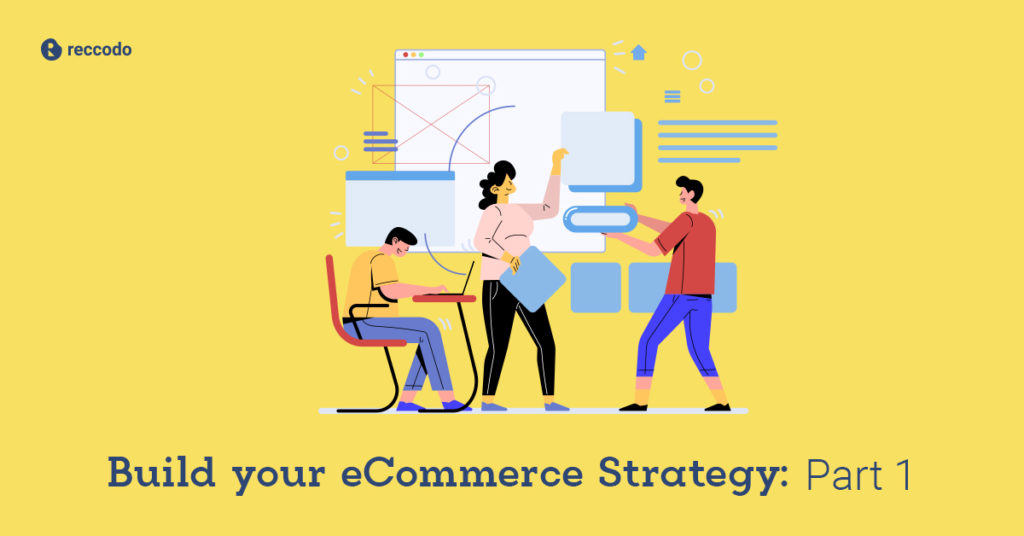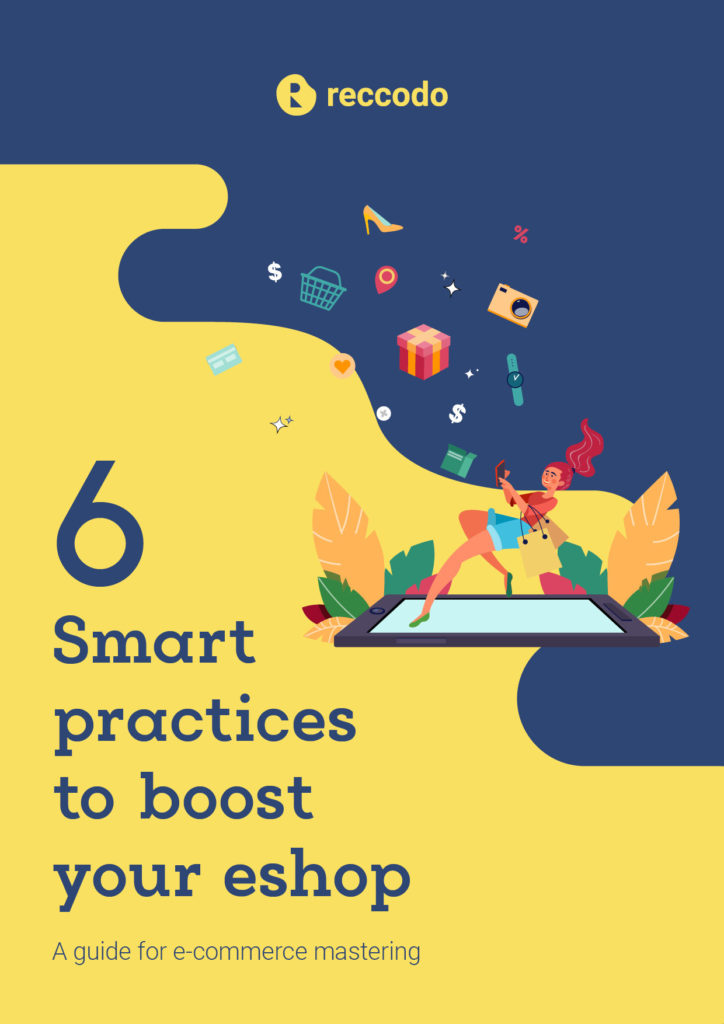For the past 18 months, I have been working in Reccodo. We have developed a true Artificial Intelligence / Machine Learning Solution-as-a-Service for personalization in the eCommerce industry.
This made me realize the enormous disruption in online retail, that is created by technology. To survive this disruption, retailers must rethink their strategy.
If they don’t, their competitors will. While working for Reccodo, I get the chance to discuss with retailers about their strategy and enable them with new solutions and advice in order to implement the best strategy to increase sales.
E-Shop Strategy for Whom?
Whether you are a retailer with a physical establishment, an e-shop, or both, the goal is to boost your sales and to do that you need to make sure your customers keep coming back!
In the past the best strategy to increase sales was easy; you need to get individuals into your shop. Once they are in the store the sales team would be the most gracious host, and this would make your customers want to revisit your store and even interact with that one salesperson that they trust.
What is the NEW Challenge in Ecommerce?
The new challenge is to transform this experience to the online shopper, that may prefer to remain anonymous until they are ready to check out.
We will be exploring 2 areas that will build a foundation for a strategy; audience communication and technology. Due to the content of each session this article will be in 2 parts.
In this digital era, before you start creating a marketing, communication, or sales strategy, you must first understand the different channels, the audience that you are targeting and the tools that are needed for the customer to have a memorable experience in order to keep coming back.
The best option is to have a flexible strategy on communication due to changes in targets, products, economy, evolution of customers, and technology.
Latest examples are the global recession 10 years ago as well as the pandemic health issues we are currently facing. The strategy you created 6 months ago might not apply to today’s issues, so flexibility and fast action are needed.
Around the world, companies have accumulated a wealth of information about their customers. This data can be utilized to help with communicating and targeting your customers but be aware that this is a snapshot of a point in time of your customer, not their whole history, so it is important to stay connected and updated.
Today’s technology makes it possible to have a real time view of who is engaging with your e-shop. Artificial Intelligence solutions can offer your customer a similar experience as the one they can have with a salesclerk or a personal shopper.
Knowing your audience
Why invest (time, money, resources) in understanding your audience? It is not just to fill a page with content but to be able to speak to potential customer in a way they will be able to interpret what you are trying to communicate.
Without having the live interaction you rely on what you put on your site. You will not be able to please everyone but if your categories and target you will reach the masses.
Check your Customer Database
There are a few things you can do to know and understand your audience. One quick way is to look at your own customer data base. This will provide some insight to who is currently shopping with you, it can help you create some characteristics.
Take this opportunity to review current customer, and compare it to the company’s vision, and strategy. Doing this can reveal a new target group or market you might want to pursue and eventually, will help you find the best strategy to increase sales.
Do your homework
Research you competitors’ sites, create customer persona and get to know your customer, conduct surveys, and listen to social media.
Do your research, understand who your current demographics are and understand what groups you want to reach. For example, it has been said that Generation X will be taking care of their aging parents / grandparents (Traditional generation) and as such you will need to ensure that Gen X is included in the communication strategy.
Being a Gen X myself the communication I have with my sisters are not about the children but what our parents and their needs regarding medical, to their accommodations (any renovations due to new physical contrasts), to consumer goods, groceries, to filling out forms, just to name only a few items on our check list
Over the year’s generations have been labeled. This is a generally good guide, but make sure you conduct your research before creating your strategy. You need to ensure that communication strategy lines up with the preferences of your target audience.
Below are some traits on the different generations; currently there are six different generations that are active. When organizations review the different generations, they typically group together Greatest and Silent generations and use the term Traditional. The strategy to increase sales may be different for each group.
5 Generation categories
1. Traditional Generation (prior to 1945)
This is the generation what has been shaped by the great depression, and Wars. Understanding a little about them you realize they are value hunters, do prefer the physical newsletter / newspaper, prefer to visit an establishment to complete their task (banks, or a grocery stores, or to a retail store to shop, or to a restaurant). Their social media is minimal but use it for information gathering.
2. Baby Boomers (1946 – 1964)
Have been known as the Me Generation and have been criticized for their consumerism, but they like to be rewarded and they want to feel special. They are looked at as Workaholics (42% delay retirement and 25% will never retire). They like simple technology; however, they are savvier than you think on social media.
3. Gen X (1965 – 1980)
Also known as the “latchkey’ children due to the lack of supervision (both parents working or divorced). This generation strives for work – life balance and are very cautious of their money.
Technology was introduced to them early, first in their careers and then in their personal lives (Desktops / PC’s vs Mobile devices). They are loyal consumers and prefer emails, but you need to keep them short and to the point.
4. Gen Y/ Millennials (1981 – 1995)
Having technology introduced to them early, whether it is staying connected with others or having all the information then want at their fingertips, this generation is active in the digital world.
They use social platforms for their customer service, they trust what their friends endorse on social media, they surf to find whatever they need in the best price. They always expect technology to work.
5. Gen Z (1996 – present)
This is still a young generation but very active and keen with any new technology. For them, continuous evolvement is just the norm. They live within the digital world and want to feel special in it.
What to consider when creating a buyer’s persona
A customer persona, in general, companies may have the same or similar categories. The different personas your business has and the number of them will be tailored depending on who you are targeting.
You can create your personas by reviewing your customer base and start grouping consistencies. This can by anything from region, family, married or single (by what they purchase), what generation category they are in…etc.
As you are interested in attracting individuals that are not currently in your database thing of using surveys, research and interview. These tactics will help you create a person and start targeting potential customers
Another way to get to know your audience is by reading their comments. Which can be directly to you through your site’s comments, direct interaction with an employee, a survey they filled out, or via a social media.
You can also obtain insight by visiting your competitors’ sites. While visiting the site take notice the style they use to communicate, what type of information they are communicating, the personas they use and the way they communicate.
The second part – Building a Strategy to Increase Sales for your e-Shop (Part-2) will cover communication channels and touch on technology.

